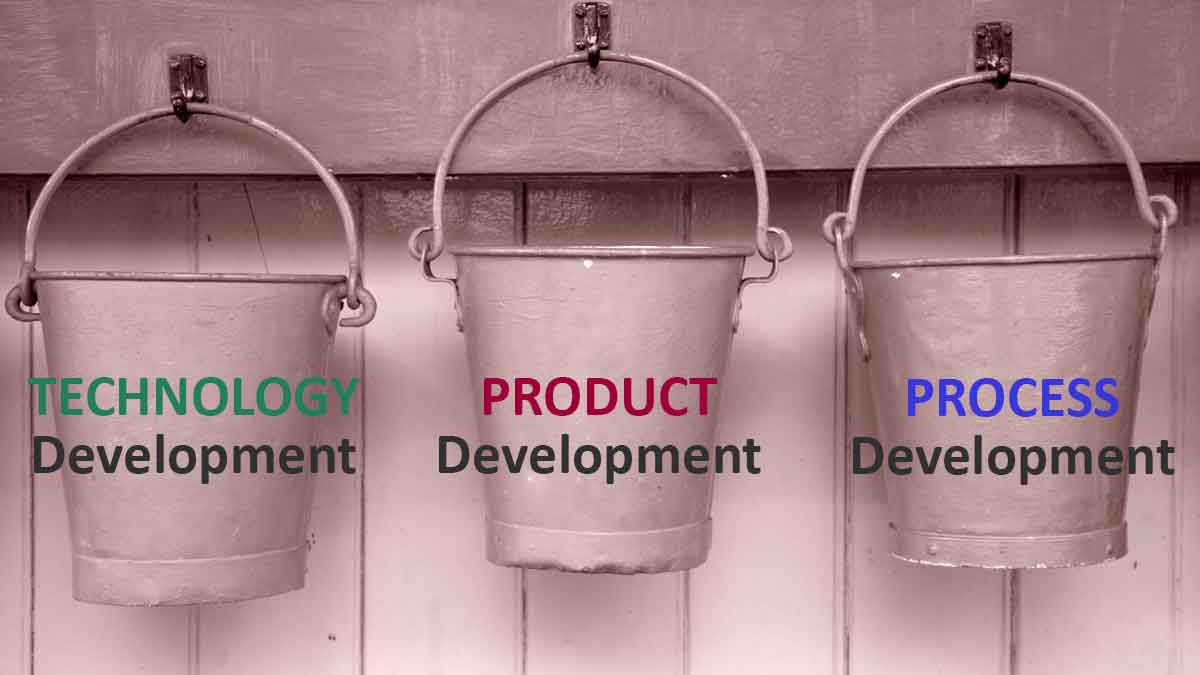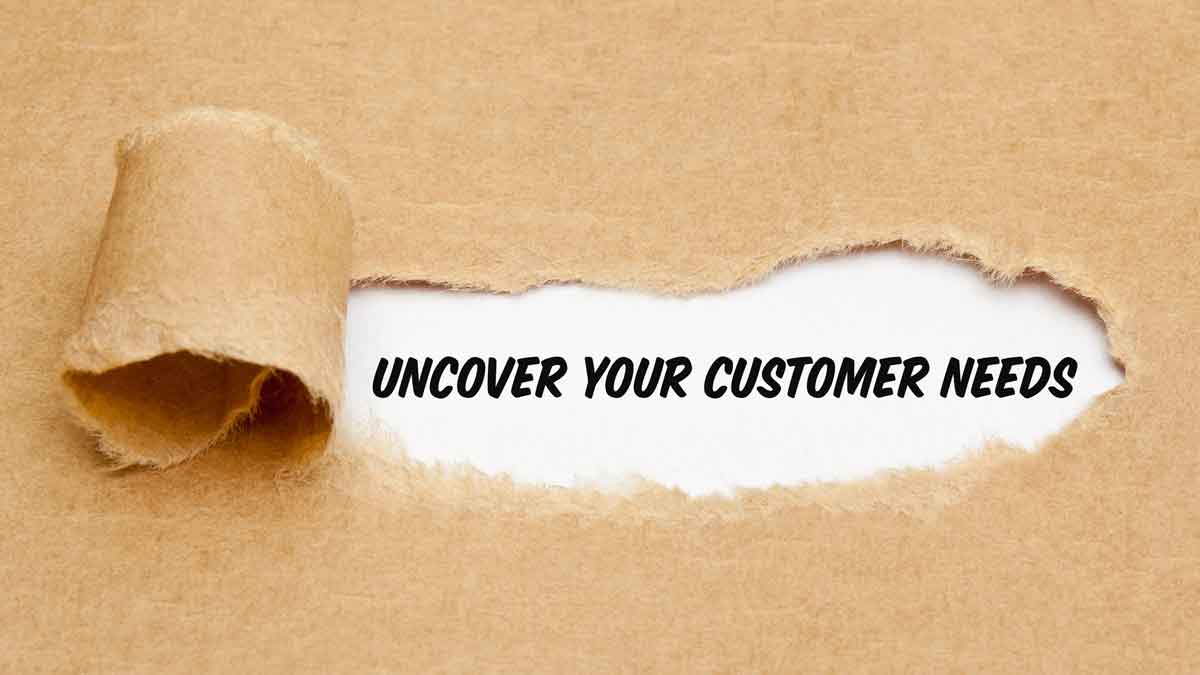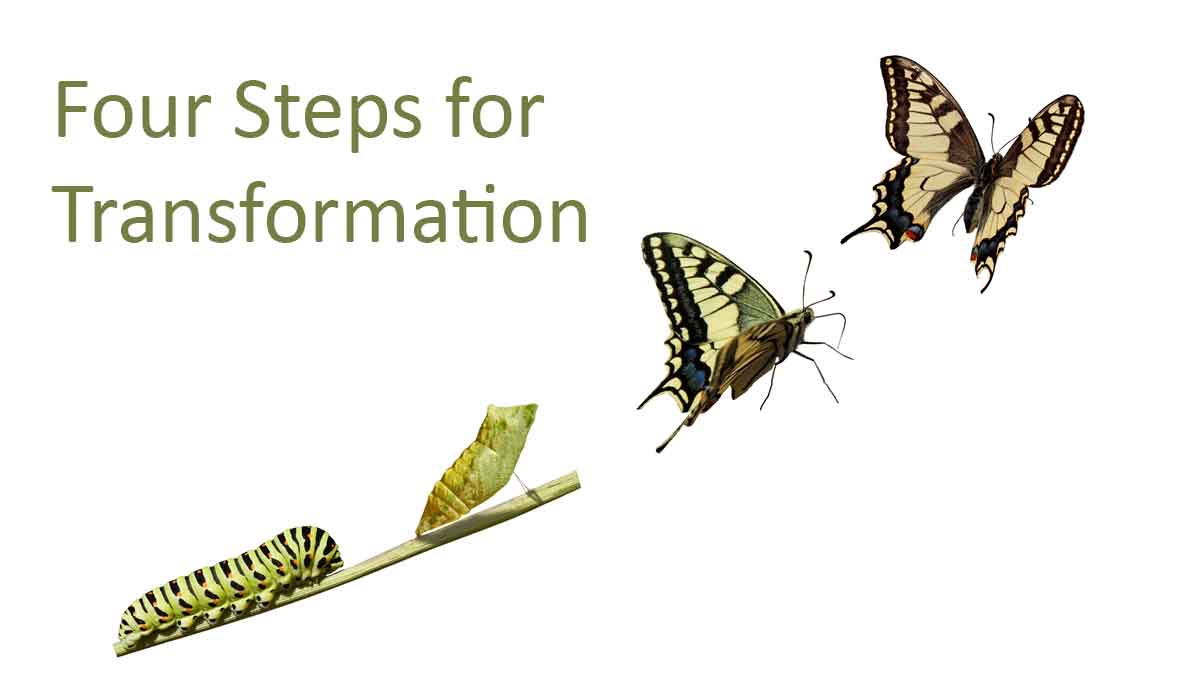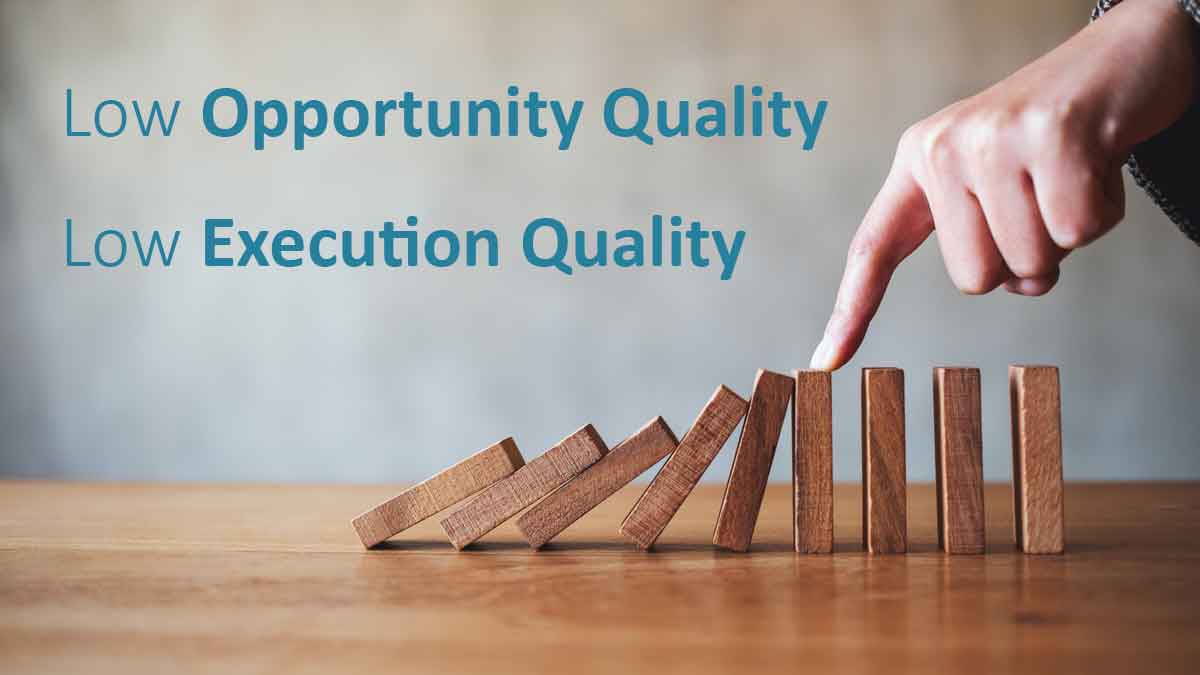The price premium your product gets is driven by its value over customers’ next-best alternative. Here’s the only reliable way to quantitatively assess competing products’ value.
b2bgrowth.video/36 Video length [2:41]
Blog Category: Innovation
Insist on data-driven innovation
These 4 common practices practically ensure confirmation bias and squandered new-product R&D. Escape this trap with quantitative interviews and Market Satisfaction Gaps.
b2bgrowth.video/35 Video length [2:45]
It’s wise to clearly separate your R&D into 3 buckets.
Bucket #1 is Technology Development… science-facing innovation that turns money into knowledge. Bucket #2 is Product Development… market-facing innovation that turns knowledge back into money. Bucket #3 is Process Development… optimizing the production of existing products to make money more efficiently. Don’t focus on customer needs for Bucket #1 (it’s too early) or #3 (it’s too late)… but do this very well for Bucket #2. In the entire money-making process, this is your greatest point of leverage today.
More in article, Target Customer Needs and Win
Let your customers surprise you
In most business situations, you don’t want surprises. But you do want to be surprised by customer needs missed by competitors. You need to conduct interviews led by the customer, not you.
b2bgrowth.video/25 Video length [2:20]
Begin with customers’ job-to-be-done
Instead of starting with their solution, B2B companies should begin with the customers’ “job-to-be-done”… and learn which outcomes are leading to “imperfection” in that job.
b2bgrowth.video/20 Video length [2:25]
Concentrate on winning markets
Market concentration takes market segmentation to the next level. It’s the disproportionate concentration of resources on markets you identify as “Attack” or “Study” in strategic planning.
b2bgrowth.video/17 Video length [2:10]
Segment by markets for innovation
There are many ways to segment customers, but for innovation purposes, segment into “clusters of customers with similar needs.” Do this to maximize your effectiveness and efficiency.
b2bgrowth.video/16 Video length [2:51]
Avoid the pitfalls of 2nd order effects
First-order actions like spending freezes and travel bans lead to second-order growth declines. Your leadership team needs to be wary of “first-domino fixation” and “first-domino amnesia.”
b2bgrowth.video/11 Video length [1:55]
Rethink your major initiatives
Want rapid, profitable, sustainable growth? Most otherwise-fine initiatives cannot deliver this, e.g. productivity, quality, sales training, customer intimacy, global expansion, and acquisitions.
b2bgrowth.video/8 Video length [2:31]
Pursue market-facing innovation
Research shows exceptional companies pursue “better before cheaper” and “revenue before cost.” Since only customers decide what is “better,” your innovation must be driven by the market.
b2bgrowth.video/6 Video length [2:09]
How long have we failed to understand customer needs in new product innovation?
The best research says we’ve struggled for about five decades now. In 1971, the leading cause of new-product failure was “inadequate market analysis” (45%, with the next cause at 29%). In 2019, the leading cause was “No market need” (42%, with the next cause at 29%). After five decades, maybe it’s time to get serious about understanding customer needs before developing new products? Not that we need to rush into this, of course.
More in article, Target Customer Needs and Win
Transformational R&D projects: 4 Steps the best teams do well.
You know you’ve got a top-notch team exploring that unfamiliar market or technology when you see them… 1) identify all project assumptions at the onset, 2) detect and defuse unforeseen “landmines” (project killers) as early as possible, 3) advance the project rapidly without detours and distractions (or kill the project swiftly), and 4) spend funds investigating and pursuing only that which truly matters. The methodology for doing this is described in the short video at www.deriskprojects.com.
More in article, How to de-risk projects and overcome management doubt
You need better targeting, not a bigger payload.
Would you want a bigger payload or a better targeting system for missiles, cancer treatment or gold mining? A bigger payload would be a larger warhead, radiation dosage, or backhoe shovel. Better targeting would be more precise hits on enemy positions, cancer tumors, or ore deposits. Better targeting reduces waste and collateral damage. Same for your R&D: Precisely target customer needs before stepping into the lab. This avoids waste (squandered R&D) and collateral damage (discouragement and slow growth).
More in article, Target Customer Needs and Win
Two completely different reasons for halting a new-product project.
Imagine two new-product project teams have gate reviews on the same day, and both projects are stopped. The first is stopped for the right reasons, e.g. smaller-than-expected market size or low customer interest… as evidenced by tiny Market Satisfaction Gaps. This is low Opportunity Quality. The second team is stopped due to sloppy work: skimpy customer interviews and much confirmation bias. This is low Execution Quality. Celebrate the first team. Train the second. For every project, make sure you know which is which.
More in article, 3 Problems with Innovation Metrics




